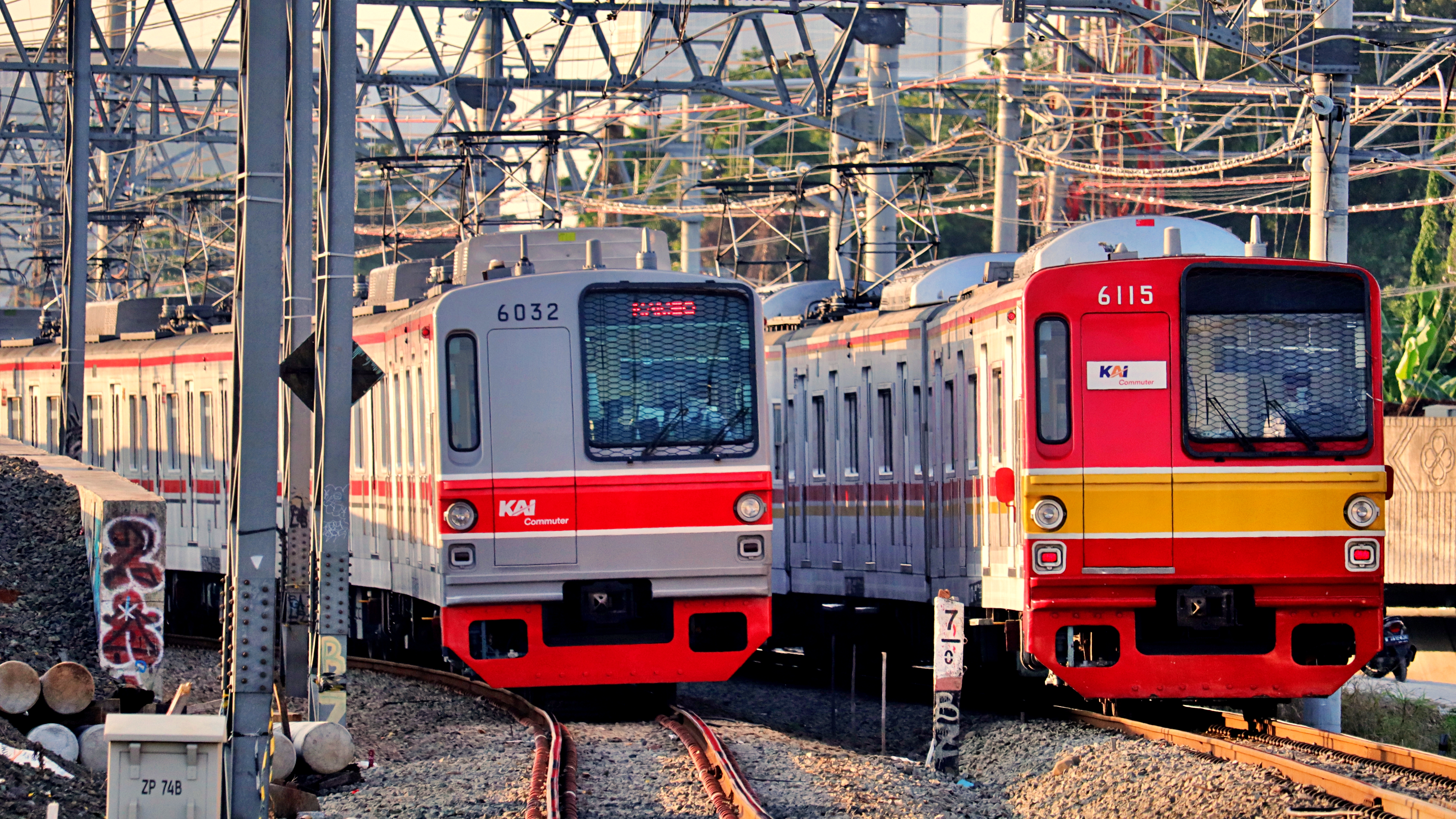Once a train gets too old for use on a major railway, what happens to it? Is it scrapped? Well, sometimes, but sometimes it gains new life elsewhere! I'm going to mainly be talking about Japanese trains here, as it's what I know most about, but I'll use some different examples too.
In Japan the major railways will typically run a train for about 30-40 years, and then retire it. However, what happens quite often is that smaller railways will buy some of the train fleet for use on their lines. For example, the Iyotetsu Railway, which runs a  3 line commuter rail operation in Matsuyama, bought trains from the Keio Railway, a busy commuter railway serving Tokyo. Their 700 series is a hand-me-down of Keio's 5000 series. Small railways that can't afford new rolling stock will buy used, which can create some interesting sights, like rolling stock from one of the busiest metro lines in Tokyo being shortened and used on a sleepy commuter line. This is a fascinating little ecosystem to itself, but for the sake of brevity let's move on.
3 line commuter rail operation in Matsuyama, bought trains from the Keio Railway, a busy commuter railway serving Tokyo. Their 700 series is a hand-me-down of Keio's 5000 series. Small railways that can't afford new rolling stock will buy used, which can create some interesting sights, like rolling stock from one of the busiest metro lines in Tokyo being shortened and used on a sleepy commuter line. This is a fascinating little ecosystem to itself, but for the sake of brevity let's move on.
The rolling stock of KAI, the commuter rail service in Jakarta, is almost entirely former commuter or metro trains from Tokyo. The featured picture is of two former Tokyo Metro Chiyoda Line 6000 series. This leads to a fantastic recycling of trains that means that Jakartans get top-tier rolling stock with comfy seats and AC at bargain prices. However, domestic production suffers which led to the Indonesian used train import controversy, in which these issues reached a head.
These international reuses are how Buenos Aires gained a train from Nagoya Metro and how the Philippines gained a set of JR 203 trains for use as unpowered coaches.
This post is already getting long-winded, so I'll save some more reuse stories for another time.
